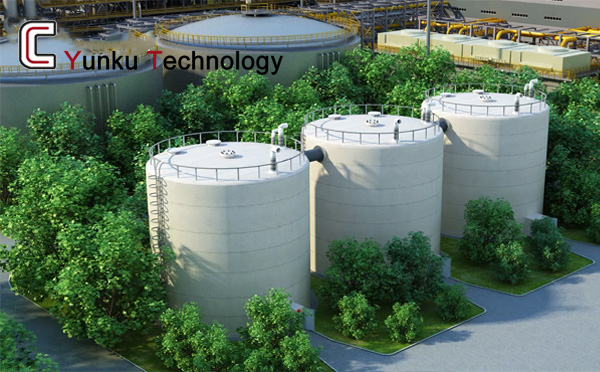- current location:
- Home
- >
- News
- >
- Industry News
-
How to prevent poisoning and asphyxiation in confined space operations
Poisoning and asphyxiation accidents occur frequently in confined space operations, and it is necessary to develop clear specifications. Before the operation, the need to strictly implement the operation approval system, the operating unit to carry out a comprehensive assessment of the operating environment, a detailed analysis of the possible risk factors, such as hydrogen sulfide, carbon monoxide and other toxic gases of the potential threat, and then formulate a comprehensive operational program. At the same time, it is important to follow the principle of “first ventilation, then detection, after the operation”, the use of professional equipment to accurately detect the concentration of oxygen, combustible gases, hydrogen sulfide, carbon monoxide and other gases, do not meet the safety standards resolutely do not work.

In the process of operation, it is necessary to arrange for special supervision, and the supervisors need to stay at their posts throughout the whole process, keep close contact with the operators, and pay attention to the status of the operators and changes in the environment at any time. Operators should standardize the wearing of qualified protective equipment to ensure their own safety. If the operation is interrupted, it must be re-ventilated and tested before re-entering, and can only continue after passing.
From the safety management point of view, the main person in charge of the enterprise should take the first responsibility, and incorporate the safety of confined space operation into the training of the whole staff to improve the safety awareness and response ability of the staff. It is also necessary to carry out risk classification and control of confined space, and set up obvious warning signs to prevent unrelated personnel from entering by mistake.
Preventing poisoning and asphyxiation in confined space operations can be started from the stages of pre-operation, operation and post-operation.
Before operation, we should carry out comprehensive risk identification, carefully study the historical operation records of the confined space, process flow charts and other information, and make clear the possible existence of toxic and hazardous gases, such as benzene, toluene, etc., which may be residual in the reactor of a chemical enterprise. At the same time, the use of high-precision gas detection equipment, in different locations, depth of multi-point detection, to ensure that the detection data accurately reflect the gas conditions in the space. When ventilating, according to the space size, structure and type of harmful gas, rationally select the ventilation equipment and ventilation method to ensure the ventilation effect.
During operations, operators should wear protective equipment strictly and correctly, and check its integrity and effectiveness before use. Gas monitoring should be carried out continuously, and once the detection data is close to or exceeds the safety limit, stop the operation and evacuate immediately. Supervisors should be alert at all times and pay close attention to the status of the operators and changes in the surrounding environment.
After the operation, the protective equipment should be cleaned, sterilized and maintained to ensure that it is safe and reliable for the next use. Also review and summarize the operation process to analyze whether there are safety hazards and improvement measures.
Previous Effectively improve the safety of confined space operations, need to do these 4 points
Next Choosing Smart Safety Harnesses for Construction Sites
more about [confined,space,operation,gas,detection,hazardous,gas,confined,space,monitoring]:
• Confined space operation meets hydrogen sulfide poisoning, how to respond scientifically?
• How to do a good job of confined space operation protection
• Safety Protection and Emergency Rescue for Confined Space Operations
• A Cautionary Tale of Accidents in Confined Space
• Yunku Tech's Confined Space Monitoring Equipment: Intelligent Solutions to Guard Operational Safety and Efficiency

